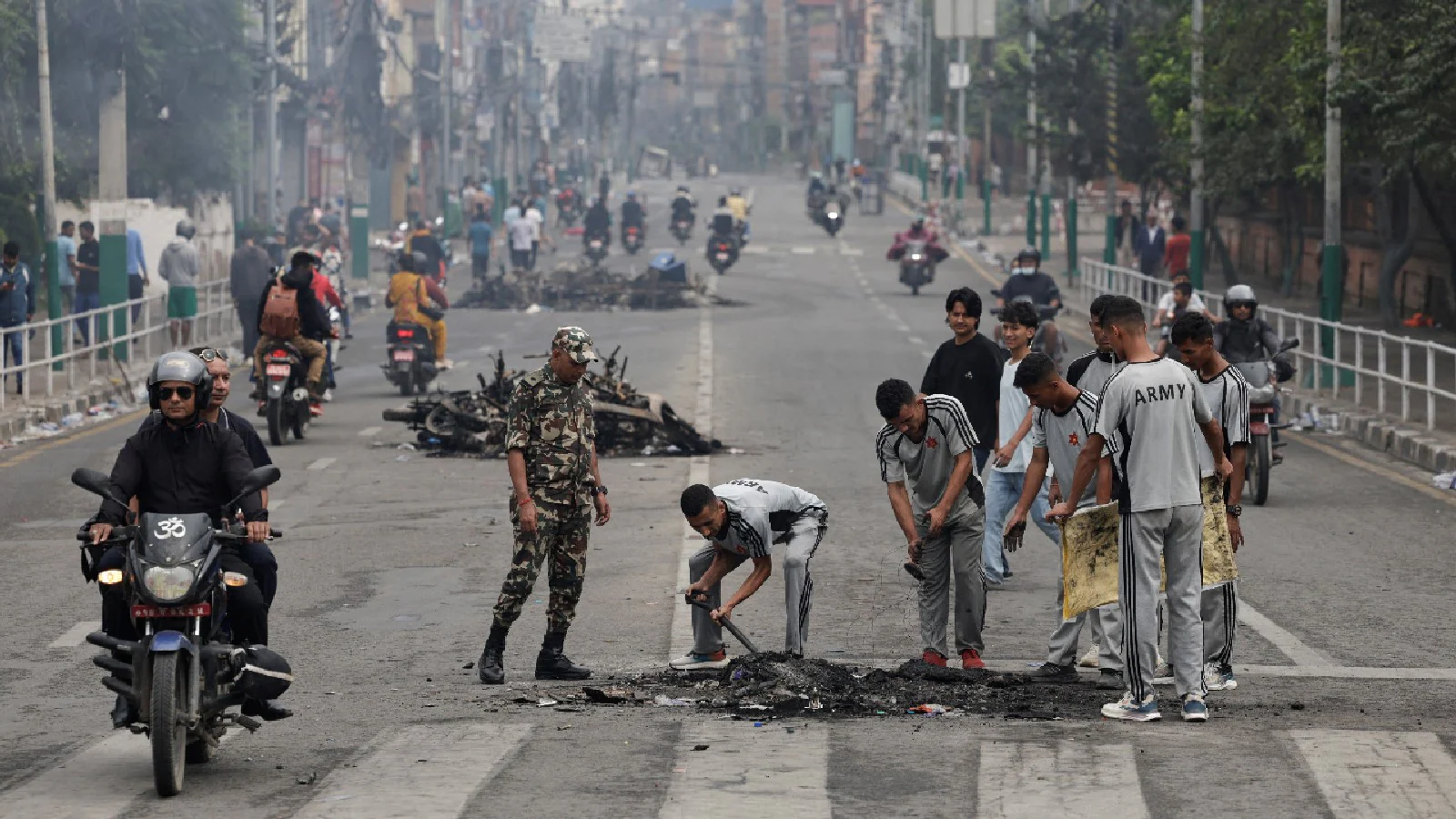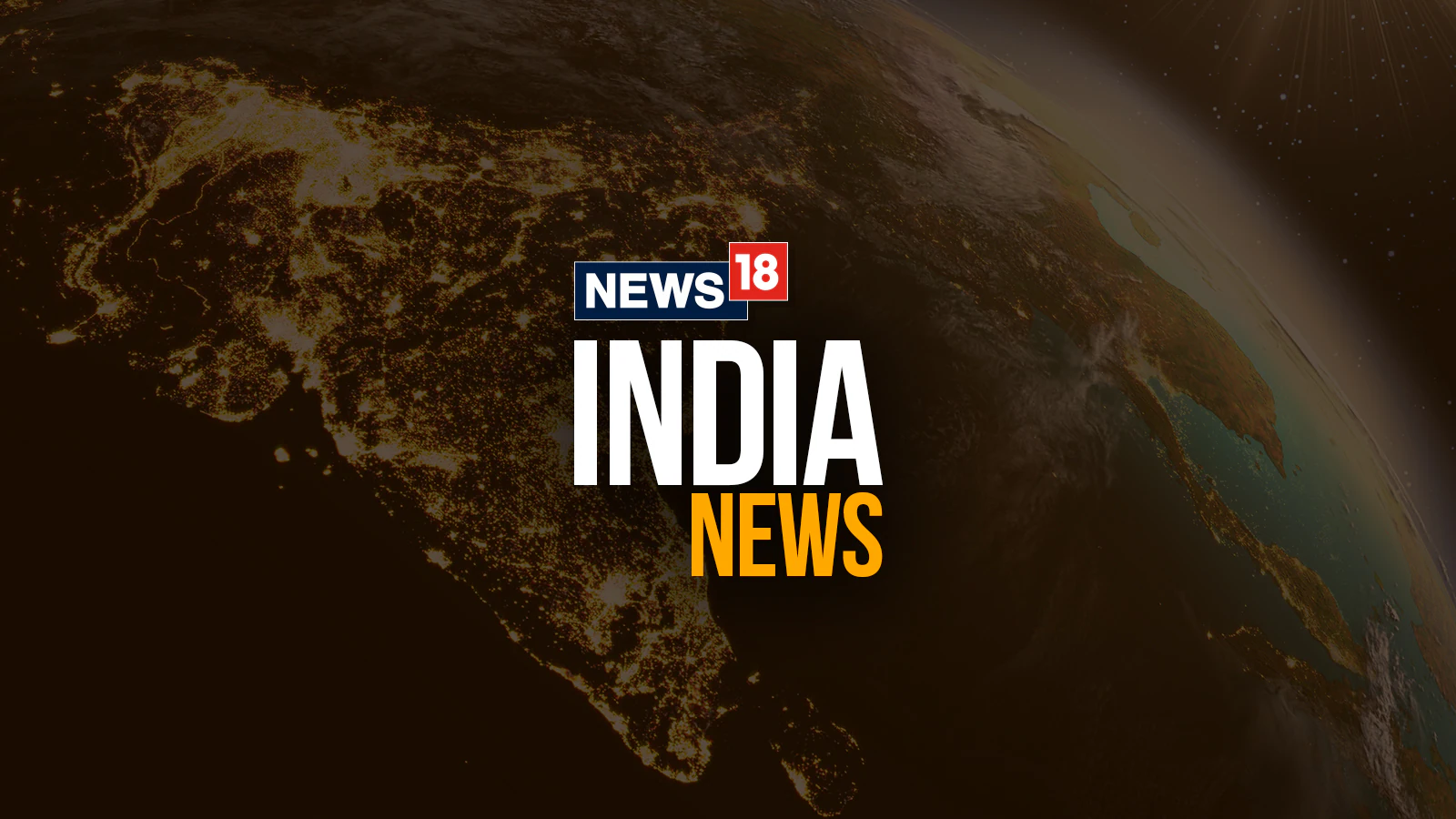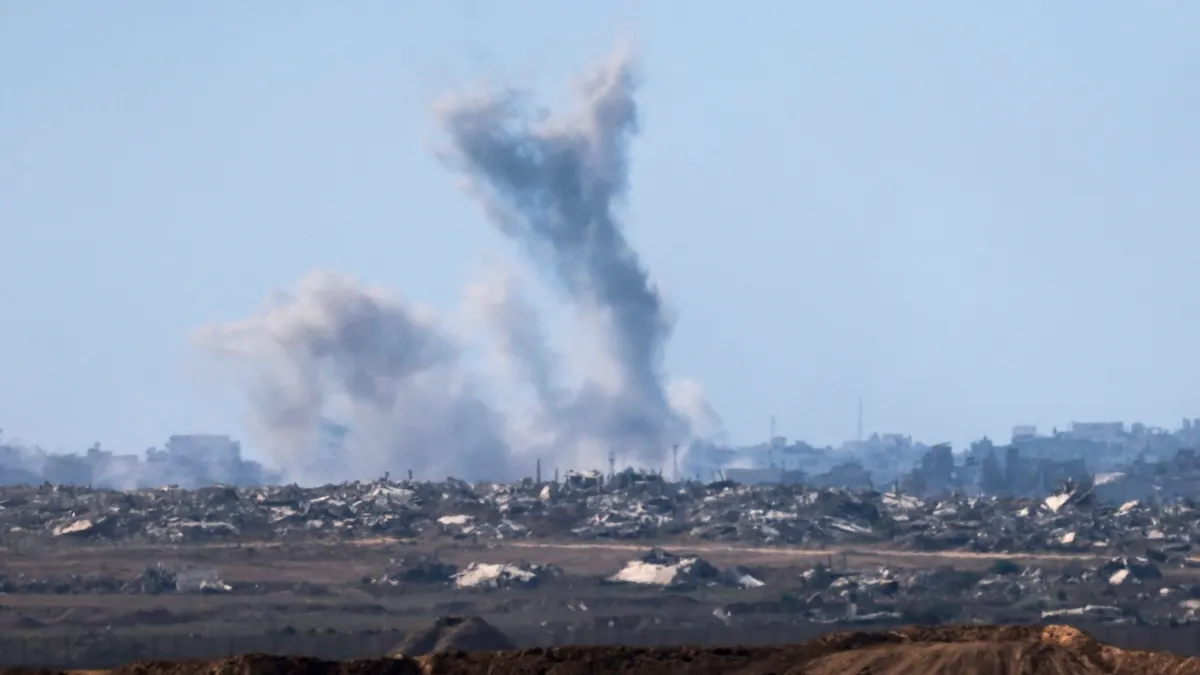Nepal At Crossroads: Democracy In Crisis, Monarchy In Memory, And The Great Game On Its Soil
By Mahendra Kumar Singh,News18
Copyright news18

Today, Nepal is trapped in a cycle of instability and disillusionment. Seventeen years after abolishing the monarchy, ending the Maoist insurgency, and embracing republican democracy, the country is mired in political paralysis and economic despair. Governments fall with dizzying frequency, leaders feud endlessly, and citizens see little hope at home. The youth are voting with their feet – tens of thousands leave every month in search of work abroad. On the streets, protests flare against corruption and misrule. What Nepal faces today is no longer just a crisis of governance; it is a crisis of national survival.
The roots of this turmoil lie in the failure of Nepal’s political class. Since 2008, the country has seen more than a dozen Prime Ministers, most lasting only months in office. This revolving door of leadership has squandered the promise of democracy through endless power struggles. The Constitution of 2015 raised expectations of inclusion and federalism, yet Madhesis, Janajatis, and Dalits still feel excluded from the national story. The economy limps along on remittances, a lifeline that masks the absence of jobs, industries, and vision. Rising inflation and stagnant agriculture have deepened public despair. For ordinary Nepalis, democracy has become synonymous with instability and corruption.
Democracy in Nepal has been a story of—promised, betrayed, and reclaimed, again and again. But this time, public patience has worn thin. The people are on the streets, while the political class scrambles to save itself.
The perception of politics as a closed club of families has made matters worse. Nepal today is run largely by dynastic elites and “nepo kids”—sons, daughters, and relatives of yesterday’s leaders who inherit power without accountability. Parties that once fought for democracy have been reduced to family-run enterprises. Ordinary citizens, excluded from both opportunity and voice, increasingly see little difference between the monarchy of the past and dynasties of the present.
In this vacuum, the monarchy is creeping back into public imagination. Former King Gyanendra, dethroned in 2008, has become a symbol not out of affection for kingship but out of disillusionment with politicians. The idea of a constitutional monarchy is now quietly resurfacing—not as a return to the past, but as a possible stabilising anchor in a fractured democracy.
What makes Nepal’s crisis more dangerous is the intensifying Great Game in the Himalayan Valley. “Nepal is a yam between two boulders,” said Prithvi Narayan Shah, the 18th-century founder of modern Nepal. Today, it faces three boulders. China has sought to pull Kathmandu into its strategic orbit with roads, dams, and promises of trade. The United States, through the MCC compact and its Indo-Pacific Strategy, views Nepal as a frontline in countering Chinese influence. India, meanwhile, with its open border, historic ties, and cultural depth, remains Nepal’s closest partner—but one whose role has often swung between overreach and neglect. The 2015 blockade still scars the national memory, while periods of indifference from Delhi have left space for Beijing and Washington to step in.
Nepal’s leaders have tried to play these powers against one another, but the result is that the country risks becoming an arena for others rather than an actor in its own right. For India, this is not a distant worry. Instability in Nepal spills directly into Bihar and Uttar Pradesh through migration, trade disruptions, and security challenges. Chinese inroads and American activism raise larger questions about India’s influence in its most intimate neighbourhood.
What India must do immediately is act with urgency and clarity. It cannot afford to sit back as Nepal drifts deeper into instability. Delhi should open an unambiguous line of dialogue with all political forces, not just favourites, and extend visible support to institutions of democracy rather than individuals. Equally urgent is outreach to ordinary Nepalis through initiatives that create jobs, revive agriculture, and expand cross-border connectivity—tangible steps that touch daily lives. Cultural and educational exchanges must be intensified to remind Nepalis of the bonds no outside power can replicate. Above all, India must make it clear, here and now, that its support lies with Nepal’s democracy and people, not with dynasties or factions. Only such immediate, broad-based engagement can prevent Nepal from slipping further into drift and disillusionment.
Nepal today risks sliding into a perilous drift, with the monarchy as a memory, dynasties discredited, and the Great Game intensifying around its fragile democracy. The solution does not lie in returning to kingship or surrendering to outside powers, but in renewing democracy from within. And India, if it wants stability in its most vital neighbour, must step in—immediately, visibly, and wisely.
(The writer teaches international politics at DDU Gorakhpur University, Uttar Pradesh. Views expressed in the above piece are personal and solely those of the author. They do not necessarily reflect News18’s views.)



